GPS KOORDINATE: 42.937753951575196, 17.542287753186503
Most of Croatia and southern Dalmatia are not connected by land, but are separated by the Neum Corridor approximately 10 kilometers wide. Precisely for this reason, back in 1997, the idea of building the Pelješac bridge was first proposed. It was introduced into the spatial plan in 2000, and seven years later construction work was officially opened. With Croatia's entry into the European Union in 2013, space was opened for co-financing the construction of the bridge through European funds, which was done, so the European Union co-financed the construction with 357 million euros in grants, which made up a total of 85% of the costs out of the total estimated costs of 420 million euros. The Pelješac bridge was opened in July 2022, and around 12,000 vehicles travel over it daily.
The bridge was originally designed by experts from the Faculty of Civil Engineering in Zagreb, but this idea was later put aside and the design of Marjan Pipenbaher from Slovenia was accepted. The Pelješac bridge is a suspension type, with a total length of 2404 meters. It has six main columns and thirteen steel spans, and is 55 meters high. Special attention had to be paid to the height of the bridge due to the requirement of neighboring Bosnia and Herzegovina to ensure the smooth passage of ships to the only Bosnian outlet to the Adriatic Sea, Neum. In addition, the bridge is located in a sensitive ecological area of the Maloston Bay, which was declared a marine nature reserve in 1983, and is protected by the Natura 2000 ecological network.
It is important to note that the bridge is intended exclusively for motor vehicle traffic, with a minimum speed of 60 km/h. The bridge does not have a sidewalk for pedestrians or bicycle paths, and in addition, the traffic of heavy trucks and trucks with dangerous goods is prohibited. Traffic takes place in both directions in two traffic lanes. In addition to the bridge, the construction of new roads with a total length of 30 kilometers is foreseen through the project of connecting the Croatian territory, which should further facilitate traffic connections. By the way, the construction of the Pelješac bridge for this part of Croatia is of multiple importance: it ensures the traffic connection of the southernmost parts of Croatia without the need to cross borders twice (the Croatian border with Bosnia and Herzegovina and the EU border), it has a positive impact on the development of tourism and the economy in general.
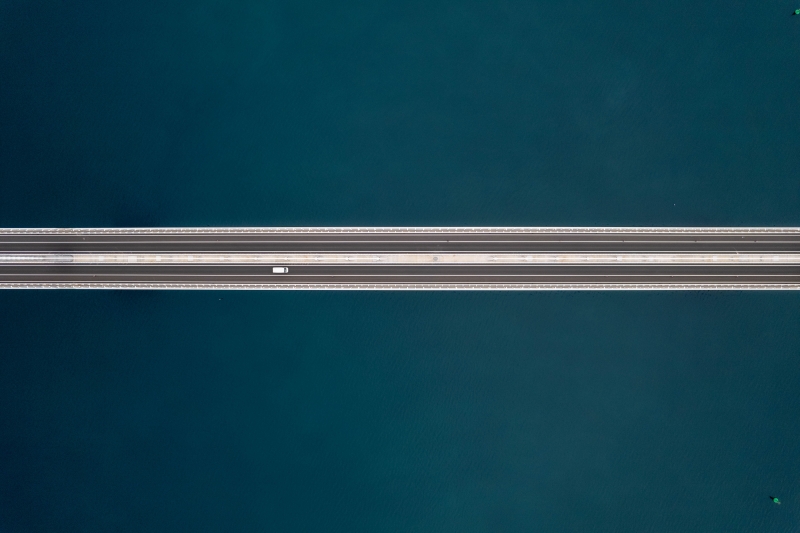
Fun fact: The Pelješac bridge connected the mainland near Komarna near Ston, with Brijest on the Pelješac side, which represents a historic moment for Croatia, which has been waiting for the unification of Croatian territory for more than 300 years.
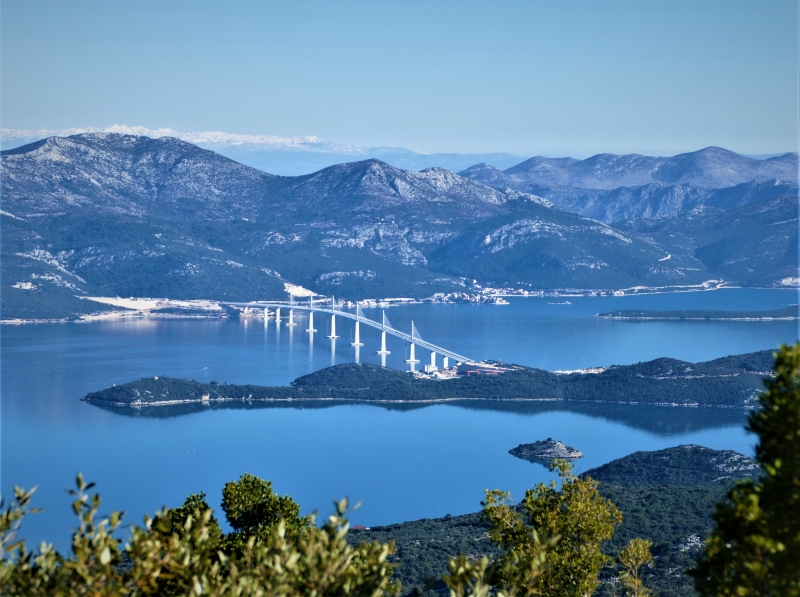
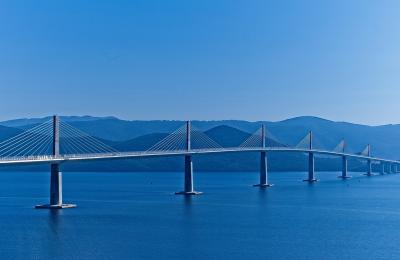
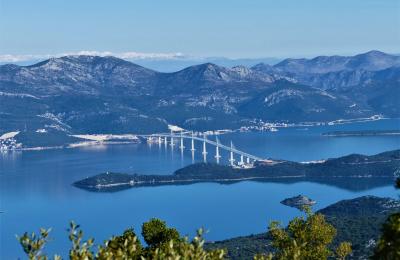
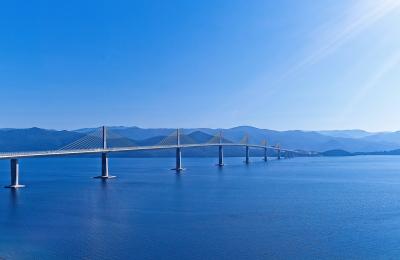
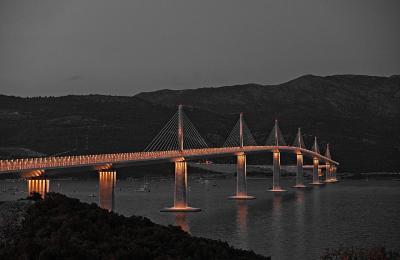
 Turistička zajednica općine Ston
Turistička zajednica općine Ston







 Povećaj font
Povećaj font Smanji font
Smanji font Crno bijelo
Crno bijelo Visoki kontrast
Visoki kontrast Negativni kontrast
Negativni kontrast Svjetla pozadina
Svjetla pozadina Podcrtane poveznice
Podcrtane poveznice